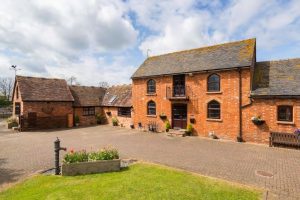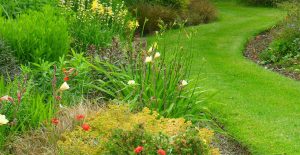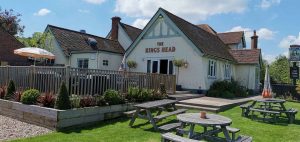Discover Southam
Search Listings
Information and links
Find Us
How can we help?
Napton-on-the-Hill
Napton-on-the-Hill is a village 3 miles (4.8 km) east of Southam.
The name Napton is derived from the Old English cnaepp meaning ‘hilltop’ and tun meaning ‘settlement’. The hill on which the village is built is just over 500 feet (150 m) above sea level, commanding the remainder of the parish which for the most part is at a height of about 300 feet (91 m). St. Lawrence’s Church is at the top of the hill, making it a local landmark and giving it commanding views over the surrounding countryside.
The Domesday Book records that in 1086 Robert de Beaumont held the principal manor. When Robert de Beaumont, 4th Earl of Leicester, died in 1204 leaving no male heir, Napton was included in the half that passed to his younger sister Margaret and her husband the Earl of Winchester. There are further references to Napton’s feudal overlordship early into the 15th century.
The oldest parts of St Lawrenc’e Church include the Chancel, which was built in the 12th century and still has three Norman windows in its north wall. The North and South Aisles were added in the 13th century and the lower stages of the Bell Tower date from about 1300. The Vestry may have been added in the 17th century and the upper stage of the Tower was rebuilt early in the 18th century.
In the 14th century Napton was granted a market charter by King Edward II and throughout the Middle Ages it was one of the largest settlements in Warwickshire. However the market died out, and the population of the village today of around 1,000, is roughly the same as it was in the year 1400.
The first section of the Oxford Canal from Hawkesbury Junction was completed in 1771 and it reached Napton in 1774. This made Napton the head of navigation for coal supplies to be forwarded by road to Oxford until 1777, when the canal reached Fenny Compton which then took over as the trans-shipment point.
In 1800 the Warwick and Napton Canal (W&N) was completed, joining the Oxford Canal at Napton Junction. In order to reach the same level as the Oxford Canal, the W&N ascended three locks at Calcutt just north of Napton parish. In 1805 the Grand Junction Canal was completed joining the Oxford Canal at Braunston and completing the direct canal route between Birmingham and London.
The canals are now primarily a leisure facility and Napton Junction has a marina that offers moorings and narrowboats for hire along with several others in the area.
Today Napton-on-the-Hill it is a beautiful village with an active community. Visit the website for details of the school, parish council, community groups and activities.








